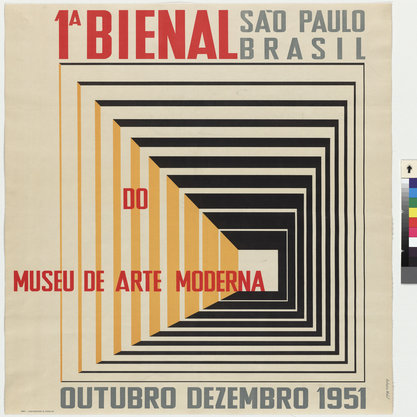Article
Posada, José Guadalupe (1852–1913) By DiTilio, Jessi
Article
A seminal printmaker of Mexico City at the turn of the twentieth century, José Guadalupe Posada is most recognizable for his calaveras, images of skulls and skeletons that satirized politicians, aristocrats, and corruption in Mexican society. Though he received little acclaim or monetary success during his lifetime, Posada’s work was rediscovered by the Mexican avant-garde in the early 1920s, including Jean Charlot, Dr. Atl, Diego Rivera, and José Clemente Orozco. For these artists, Posada represented an artistic precedent outside of the European tradition, and a link between the images of Pre-Columbian art and their own. The most famous of the calaveras is a character Posada called La Catrina, whose image is ubiquitous in pop-cultural imagery produced for the Day of the Dead.

